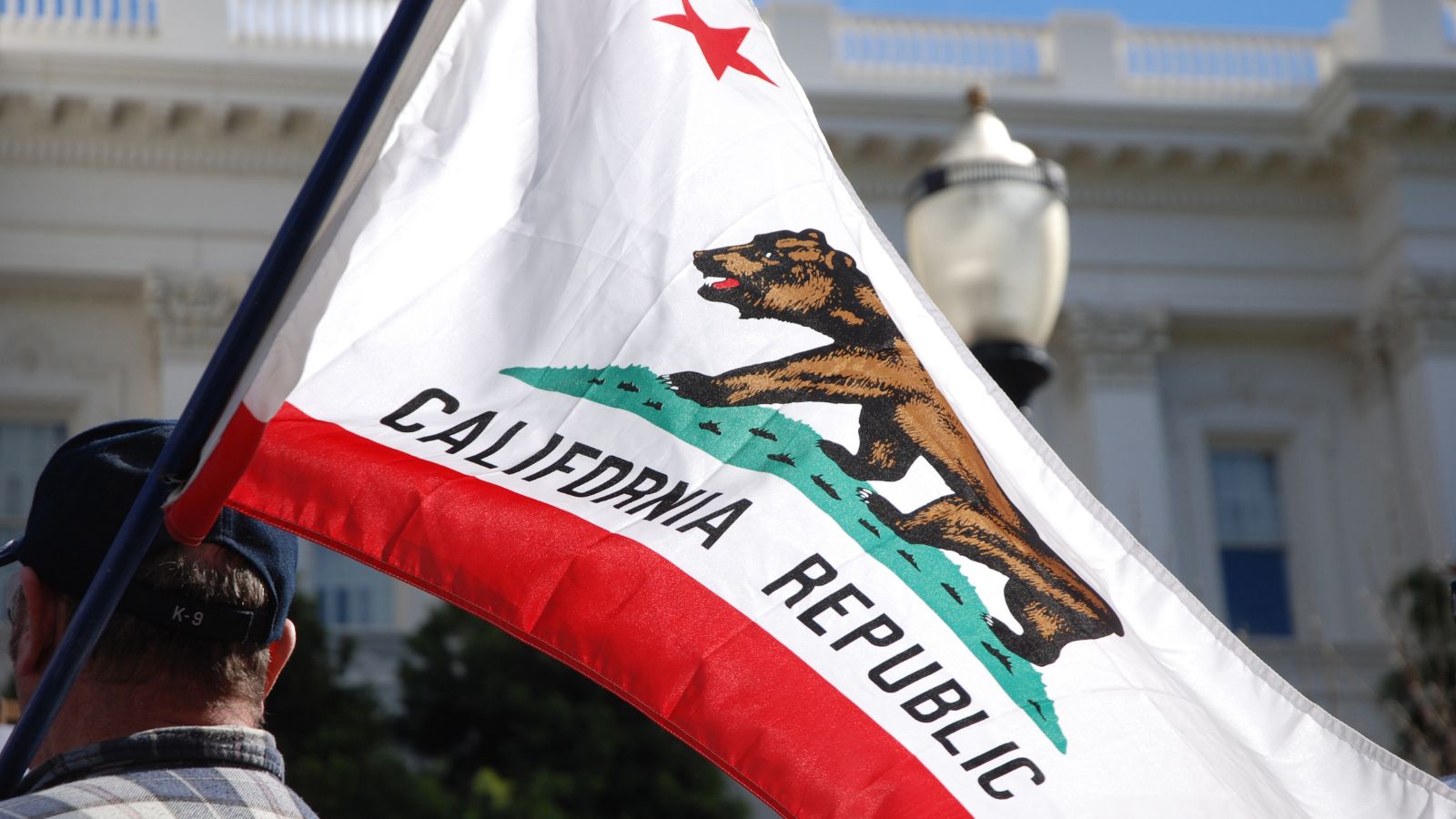Moving to the sun of California sounds like a dream for many Americans, but residents of the state have a different story to tell. The fairytale is turning into a nightmare as the high costs of living and the effects of climate change take a toll. Moving out of California is becoming an option for many. Here are 18 brutal truths about California.
The High Cost of Living

California is expensive, and residents increasingly struggle to afford the cost of living. Statistics show the state is in the top 5 of the most expensive states to live in, and the California dream is fading. Utility prices and groceries are some of the most expensive in America, and even with a well-paid job, it’s hard for most to get by.
Skyrocketing Housing Prices

Living in Los Angeles or San Francisco always comes with a price tag, but housing costs in less desirable areas are rising to unsustainable levels. The average rent for an apartment in San Diego is $2,934, a thousand-dollar increase from 2020 levels. More people are deciding to move out of the state or live in less desirable areas.
Traffic Congestion and Long Commutes
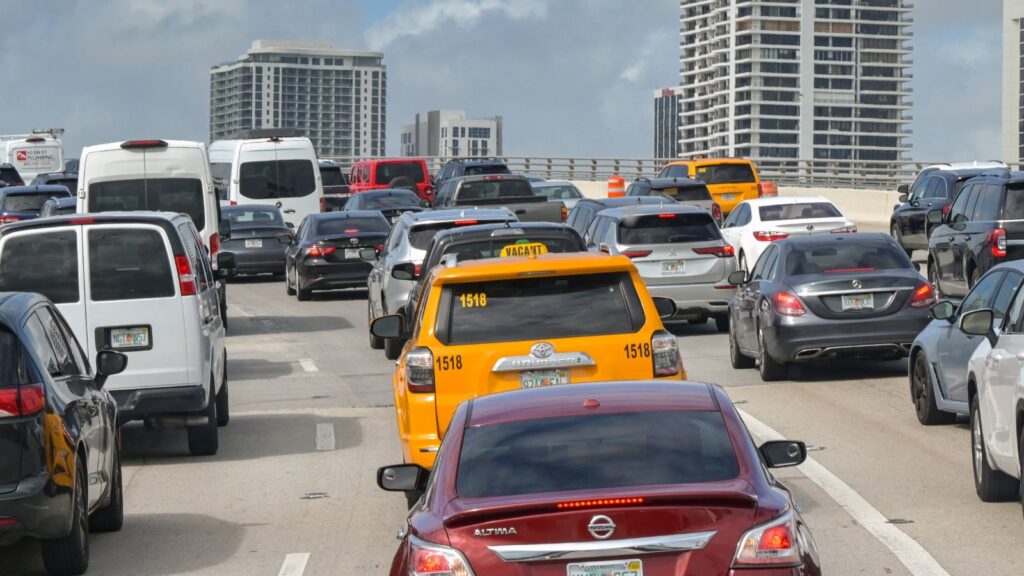
Most of California’s major cities have a problem with traffic, impacting health and quality of life. Los Angeles has its infamous summer smog as the heat mixes with fumes from vehicles, increasing rates of asthma and other respiratory diseases. The length of time it takes to commute leaves less time for family and leisure.
Homelessness Crisis
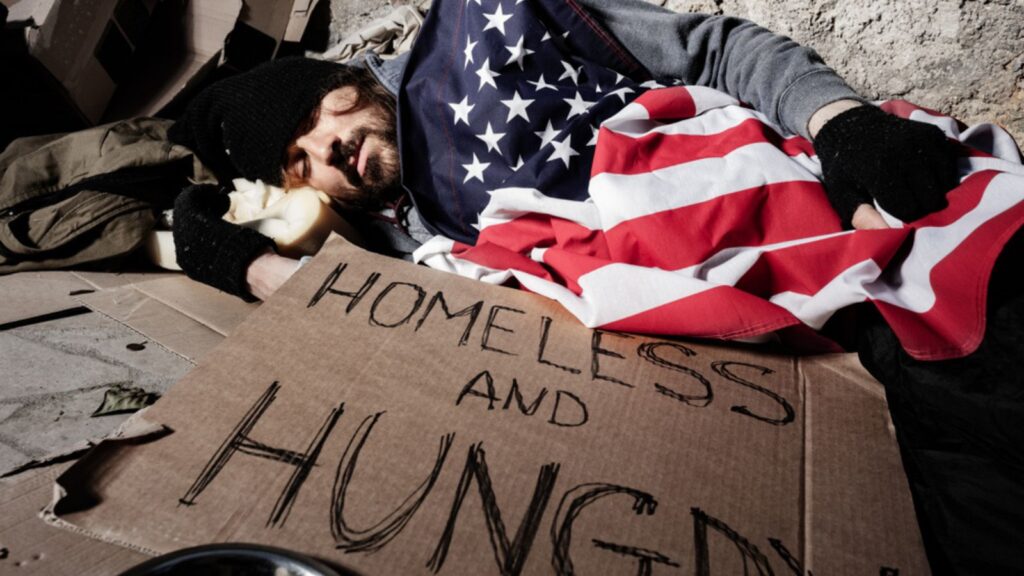
Homelessness is a visible problem in California. The Tenderloin district in San Francisco is known for the hippy movement, but the district also has a homeless problem. Many homeless people have untreated mental health issues, posing a threat to themselves and local residents.
High State Taxes

California has a progressive tax system, but this often hits middle-class families the hardest. Those who should be living a comfortable lifestyle are paying more taxes and worrying about how to pay the bills each month. The state also has high property and sales taxes, so many are moving to other states.
Earthquake Risks

Residents live with the constant fear of a devastating earthquake. Although buildings are built to a higher standard and should withstand an earthquake, the San Andreas faultline threatens to shift and cause a massive earthquake. For some people, this threat increases anxiety, especially those who live in lower-quality housing.
Wildfire Threats
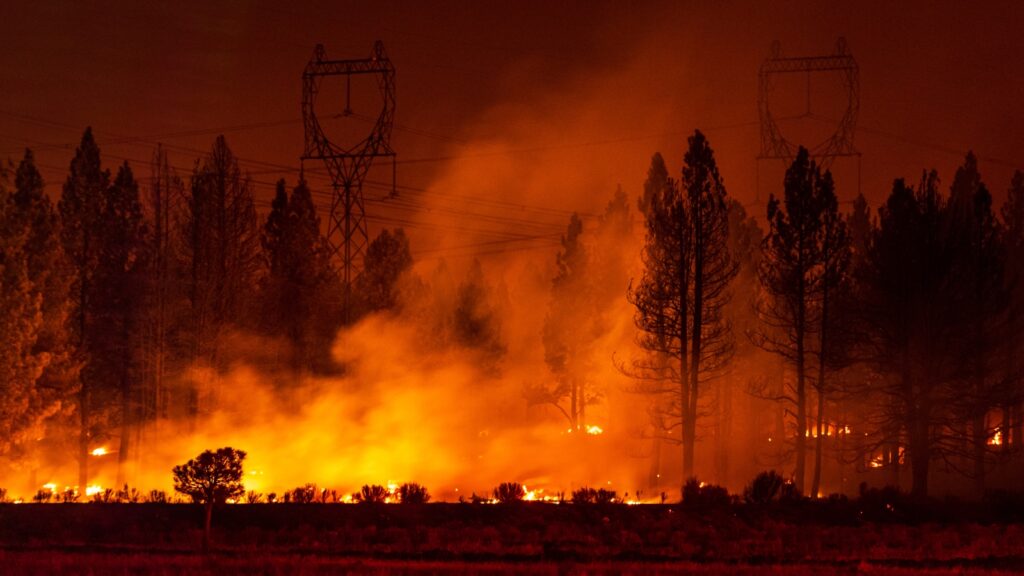
Climate change is increasing the threat of wildfires, threatening urban areas. Recent summers in California have seen temperatures rise to over 100 F regularly. A temperature of 130 F was recorded in Death Valley in 2021, the highest ever on earth. The dry, hot summers help wildfires spread, and the fires will continue to be a threat in the future.
Water Shortages and Droughts
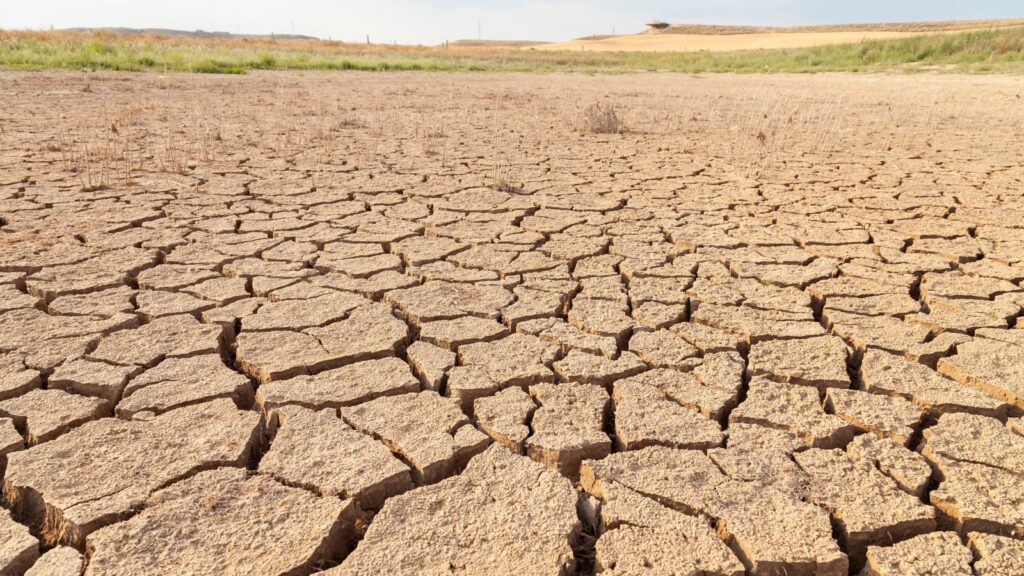
California’s water shortages and droughts are well publicized, but the situation is dire. ‘Megadrought' is now a common phrase, with reservoirs regularly drying up. The lack of water increases competition between urban and agricultural areas; farmers need water to sustain their livelihood, and cities are monopolizing supplies.
High Energy Costs

Energy costs in California are rising, and it’s a controversial subject. Much of the state’s energy policy focuses on renewable energy. It is beneficial for the future but poses financial difficulties for residents in the present.
Wealth Disparity and Income Inequality
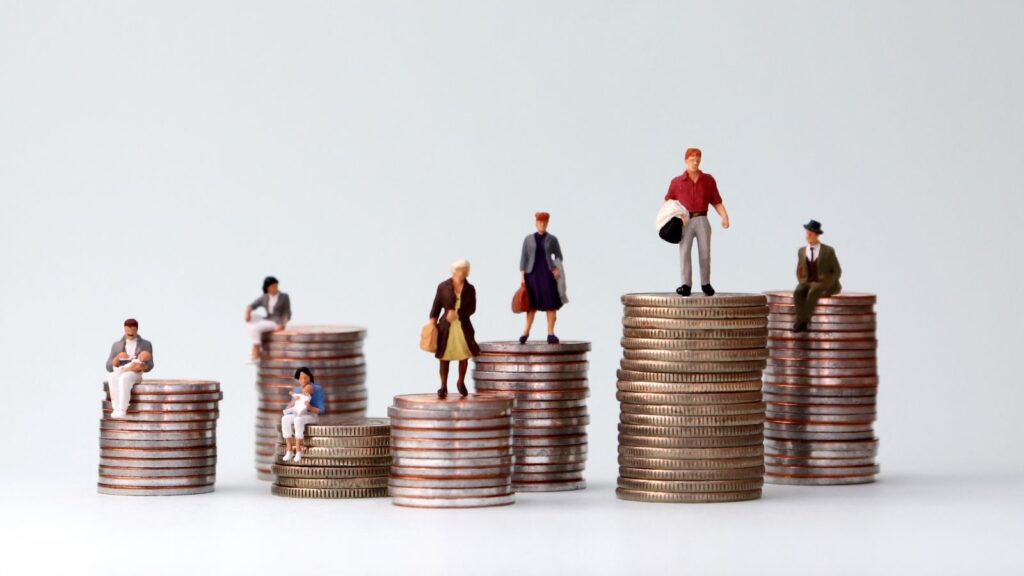
Wealth disparity is obvious in most of the major cities in California, but less known is the poverty in smaller towns. Unemployment and drug addiction rates are high, leaving many residents feeling ignored by the state.
Overcrowded Schools and Education System Challenges

The school system is underfunded and overcrowded, leading to children in poorer parts of the state not receiving adequate education. This harms their future prospects, and many families consider moving out of state. High earners have the option of private schools, but in the country’s wealthiest state, there should be a more equal system.
Public Infrastructure Strain

California’s economy is predicted to surpass that of Germany in the ranking of world economies, making it the 4th largest in the world. This asks the question of why so much public infrastructure is in disrepair. For residents of an earthquake-prone region, it poses a safety threat.
Pollution and Air Quality Issues
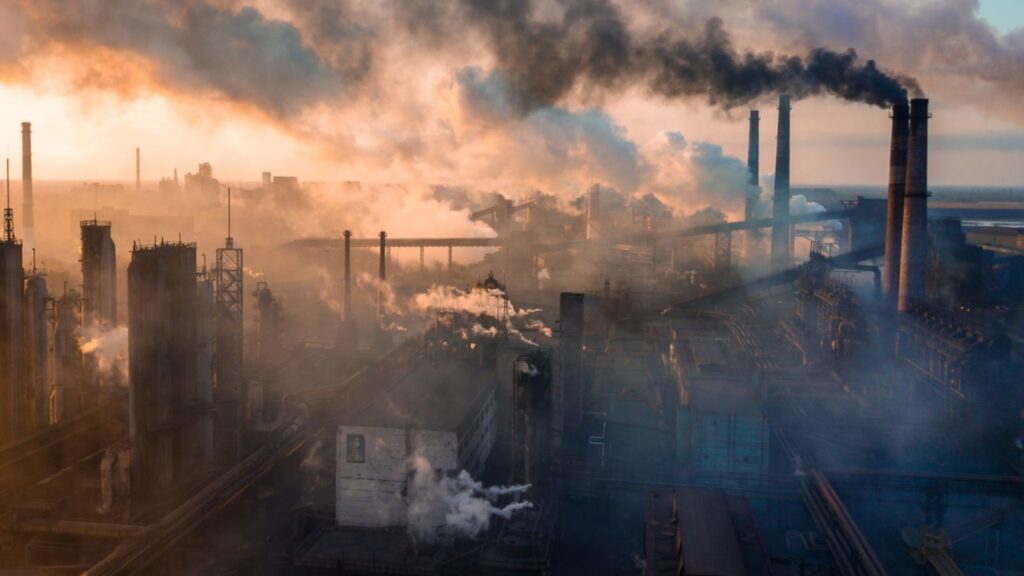
Urban areas in California are notorious for their levels of pollution. Reliance on cars is the number one factor, with Los Angeles one of the least pedestrian-friendly cities in the United States. Climate change is also contributing to wildfires and the smoke they produce.
Gentrification

Gentrification is a nuanced topic, but there is no denying that it hurts low-income areas. From the outside, it looks like revitalization is taking place, but the reality is many residents are pushed out. Communities are torn apart, and resentment builds, creating further social division.
Regulatory Hurdles for Businesses

State regulations designed to protect the environment have made it more difficult for businesses in California to survive. While the sentiment behind the laws is protecting the future, those who want to do business in the present can’t afford to adhere to the regulations. A staggered transition and help for struggling businesses would be more attractive.
Crime Rates

Crime rates are significantly lower than their peak in the 1980s, but some urban areas still have higher-than-average criminal activity. Anti-social behavior is not just restricted to urban areas; smaller cities have seen a rise in methamphetamine production and addiction.
Political Polarization

California is famed for being a Democrat stronghold, but outside of urban areas, there’s loyal Republican support. Many of these areas are poor and neglected, with residents feeling ignored. The political polarization also leads to problems within the legislature, mimicking the federal level in not agreeing on issues and slowing down the legislative process.
Decline in Agricultural Industry
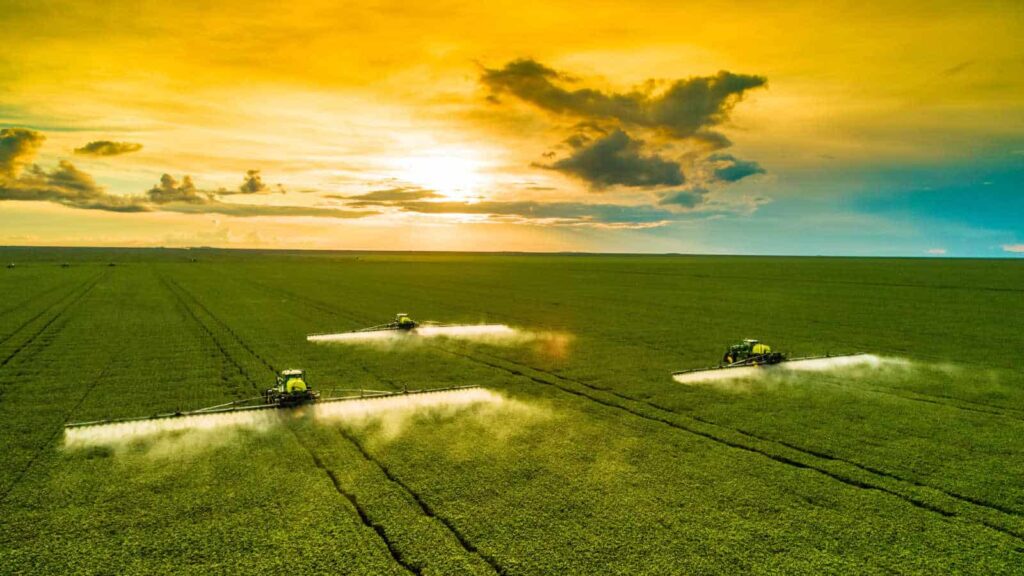
Agriculture is a significant industry in California, producing 95% of America’s tomatoes and 95% of its avocados. Unfortunately, farmers face a challenge from climate change and higher costs in doing business. Drought is a problem, with farms struggling to access water, and there are fears it will put many out of business.
30 Traditional Sayings That Are Now Considered Offensive by Woke Culture

30 Traditional Sayings That Are Now Considered Offensive by Woke Culture
21 Habits Often Associated With Having a Lower Social Status

21 Habits Often Associated With Having a Lower Social Status
25 Social Issues Gen Z are Determined to Cancel

